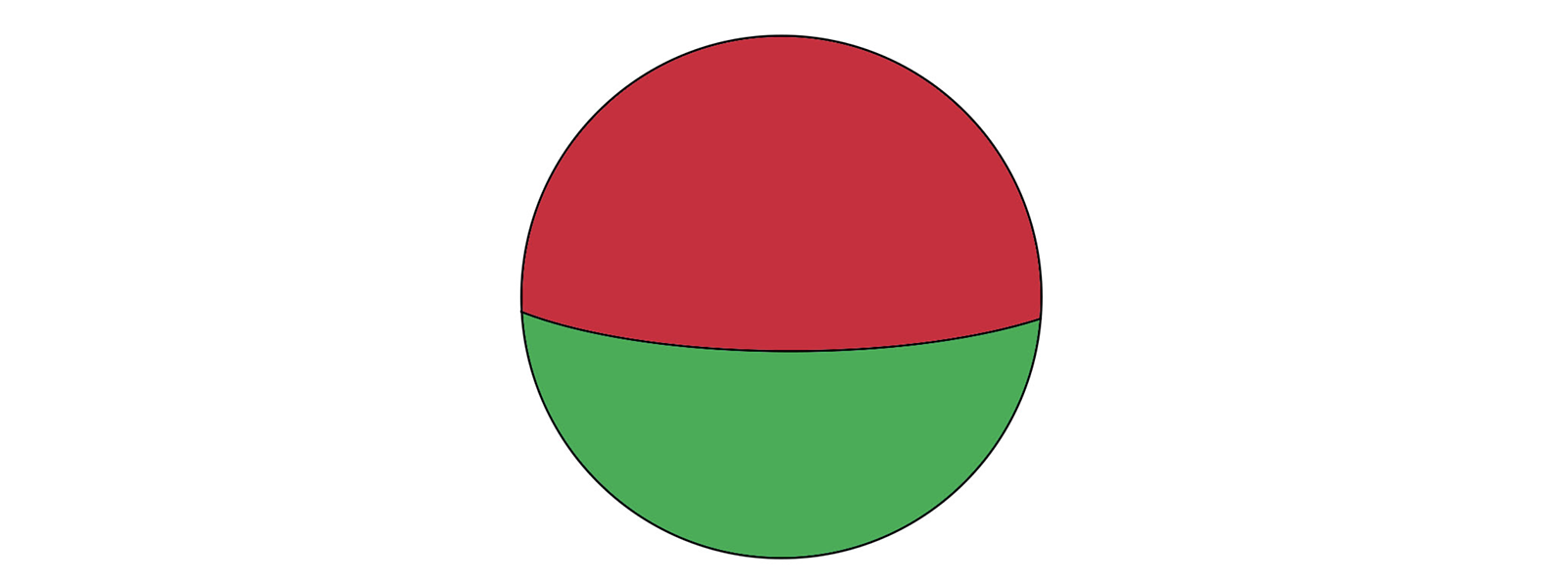How are the poles on a round magnet?
It can be difficult to find out how the poles sit on a ball magnet, as it is completely round. Here comes a small guide to magnetism for round magnets.
Guide to finding poles on a round magnet
The easy way to find poles on magnets is with a compass. It can either be an electronic compass on the mobile (via a compass app), with an old-fashioned scout compass or with a homemade compass.
The North pole on the magnet is attracted to the South on the compass and vice versa. And the logical explanation for this is that North on the compass will always point in the same direction as the north pole on the magnet points in. That is. that the arrow on the compass points in the same direction as the North Pole faces. If you turn the magnet with the North side towards the compass, North on the compass will show you the direction of North.
This is common to all types of magnets - not just the round ones.
So there are also two poles on a round magnet, and they are divided in the center of the sphere, but:
How do you find the center of a sphere magnet?
A method that's brilliant for ball magnets specifically, if you want to know where the poles split on a magnet, it's to have 2 magnets - ie. the ball magnet and another magnet. Because poles will always align with each other and sit as perfectly as possible in the center of the other magnet. And that way you can see where the poles divide, because the ball magnet positions itself with North/South perfectly up/down. But if you need to know which way the poles are facing (North vs. South), you need a compass. Or you need to know from your other magnet which pole is on which side.
How are the poles distributed on round magnets?
The ball magnets are divided into an equally large north side and south side (or plus and minus as some call it). But the challenge itself may lie in where this "dividing line" lies. And you can only find out by using another magnet. Because you have to hold the magnet and the compass very precisely to be able to find out where the poles separate - and thereby where the center of the magnet is in relation to magnetism.
How are the poles on a ball magnet
< p>Often it is easiest to explain things with a drawing, so here we show a technical drawing for a ball magnet, where the colors symbolize the division of the poles.









